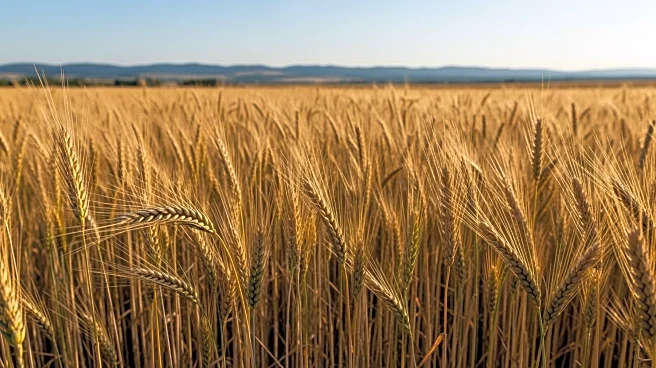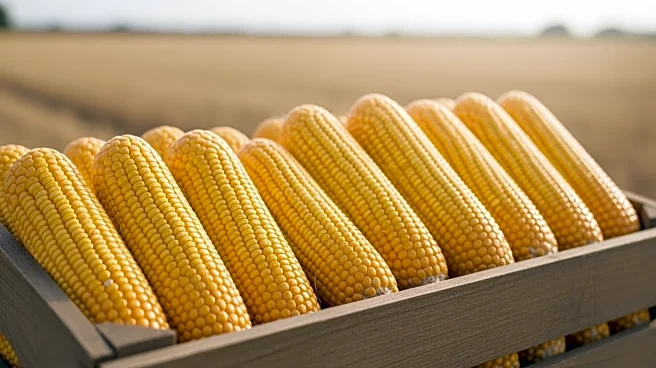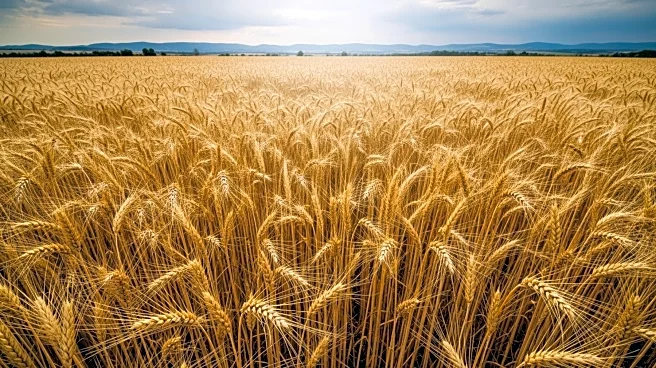What's Happening?
The grain and oilseed markets are experiencing a period of low volatility, with prices remaining stable despite various external pressures. Factors such as harvest pressure, government shutdown uncertainties, trade wars, and ample supplies are contributing
to this stability. Corn futures are trading near $4.20, while soybeans and wheat are also showing limited price movement. The current market conditions suggest that USDA yield estimates may be too high, and prices are considered low relative to rising input costs, presenting a value opportunity for end users.
Why It's Important?
The stability in grain prices is crucial for producers and end users, as it offers a chance to plan and execute long-term strategies. Low prices can eventually lead to a price recovery as demand builds, potentially resulting in significant market shifts. For producers, this period of stability provides an opportunity to negotiate contracts and manage inventory to mitigate risks. End users can benefit from locking in supplies at favorable prices, preparing for potential price increases.
What's Next?
Market participants are advised to prepare for potential price movements by employing strategic planning and execution processes. Producers should focus on marketing their production effectively, while end users can explore options to secure long-term supplies. The market's current sideways movement suggests that a breakout could occur, leading to new price patterns. Stakeholders should remain vigilant and adaptable to capitalize on future opportunities.
Beyond the Headlines
The grain market's stability highlights the importance of strategic planning and risk management in agriculture. It underscores the need for producers and end users to collaborate with market advisors to navigate complex market dynamics. The broader implications for agricultural policy and trade relations are significant, as external factors continue to influence market conditions.













